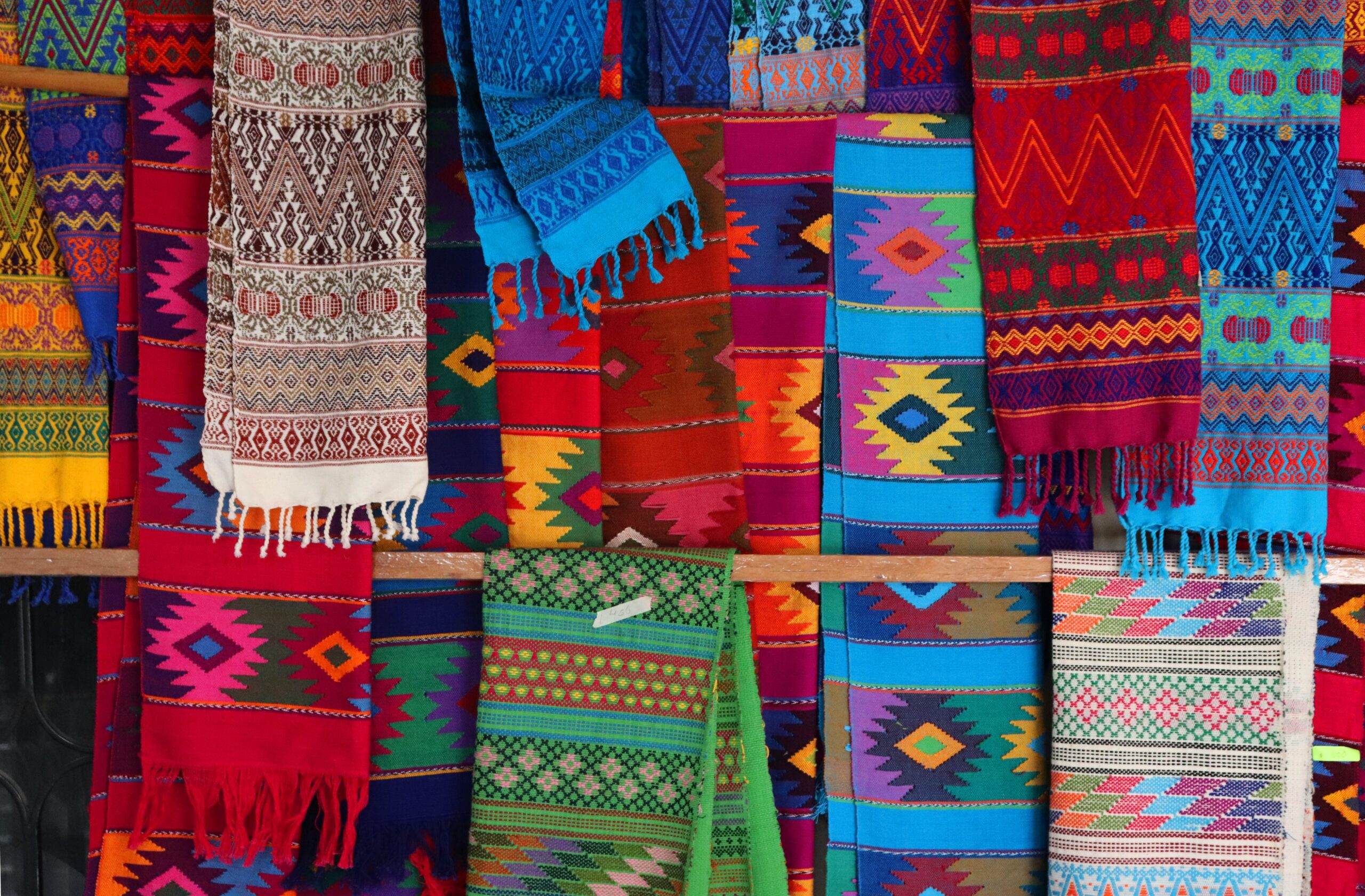The apparel and textile industry globally has been growing rapidly with clothing production doubling to account for 60 per cent of the overall textile production over the last 16 years. The fast fashion trend has been the key growth driver for the industry, as it has made it increasingly possible for retailers to bypass wholesalers and directly procure apparel from manufacturers and opened up a range of possibilities for manufacturers to directly market to consumers. Although the trend has resulted in a faster order-to-delivery supply chain structure that meets the consumer’s desires, it has negatively impacted the environment.
Post-production textile waste in Kenya
According to the Green America’s Toxic textile report, the textile industry alone produces 1.2 billion tons of carbon dioxide per year and accounts for around 20 percent of global industrial water pollution. These high emissions are as a result of post-production textile waste coming from the up to 20 percent of fabric lost during clothing production and disposed of in landfills or burnt. East African Region contributes a significant amount of the global share of textiles thus contributing to a lot of post-production waste which is not properly managed. In Kenya, it is estimated that garment manufacturers generate about 400,000 tons of cotton waste per year, which ends up in landfills posing environmental and health risk to the population.
The country has about 52 textile mills, of which only 15 are active but operating at less than 45 percent of their total capacity because of outdated technology and low levels of skilled labor. In the apparel sector, there are thousands of companies in operations, classified into three tiered structures; 21 large companies operating in the EPZ and employing an average of 1,800 people per company, 170 medium and large companies operating outside the EPZ zone, and more than 70,000 micro and small companies. The sector largely import materials from other countries to meet the high demand for quality products by its target market which has a US-dominant market orientation thanks to Kenya’s strong position under the African Growth and Opportunity Act (AGOA). The large imports definitely result in more post production textile waste; and with very little waste valorization techniques, the best that can be done is to convert the textile waste into low quality products with reduced functionality such as rags.
The Green manufacturing
Globally, there is an increasing demand for ‘green products’ among consumers. The green apparel consumer market is estimated at 15 percent to 24 percent of developed markets’ consumers, with an annual market size of USD 2.7 billion in the United States alone. Suppliers who are gradually transitioning to green manufacturing are quickly taking over the premium and the niche market segment.
Green manufacturing can be defined as the making of green products using renewable energy systems and clean technology equipment with the aim of reducing pollution and waste by minimizing resource use, recycling and reusing waste, and reducing emissions.
Most leading apparel brands among them H&M, Adidas, Timberland, Levi’s, Nike are already focusing on energy and emission reduction efforts in their offices, stores, distribution warehouses, and vehicles. The transition into green manufacturing is fueled by the premium pricing as it attracts 2x to 4x the normal retail price. In addition, green manufacturing guarantees high volume production even in short seasonal production cycles that are characterized by low margins. These leading global brands have been able to tap into green production by increasing the availability of locally produced fabrics, which in the Kenyan context remains a big challenge due over-reliance on high cost imported materials.
Shifting to the high-margin, low-volume green niche market segment may be an expensive endeavor for Kenyan apparel companies as it entails reconfiguring production to be more energy efficient and marketing to green buyers in the United States and the European Union. However, as consumers from across the world appreciate climate change mitigation and make conscious “green purchase decisions” players in the sector in Kenya can start a phased out transition and catch up with their global peers in the premium niche market segment of green manufacturing.
The case of Closing the Loop on Textile Waste in Kenya
Closing the Loop on Textile Waste in Kenya, a multi stakeholder initiative led by Enviu, in collaboration with PurFi and Upset Sourcing East Africa uses a revolutionary chemical recycling technology, to regenerate fabric waste material back to high-quality fiber that can be reused in textile production. In comparison to virgin fiber production, the technology uses 99 percent less water, up to 90 percent less greenhouse gas emissions and 90 percent less energy.
Apart from the climate benefits, the initiative has promoted social economic impact by training unemployed women in communities and providing them with employment opportunities in their sorting process. Currently, the institution processes about 36,000 kg of waste per month and is working to scale that up to 100,000 kg per month. Since its inception, it has sold 100,000 kg of textile cotton waste.
As Kenya’s textile and apparel industry grows, post-production waste will continue piling up. Stakeholders should work towards integrating recycling practices in their supply chain through public private partnerships in order to promote the green agenda that has become a key area of focus for investors. For example, Kenya’s Export Processing Zone Authority (EPZA) which has the mandate to promote export-oriented commercial initiatives can collaborate with Closing the Loop for its circular solutions the agency currently is short of. This way, Kenya can curve a niche for itself in the region in green manufacturing.
Author: Inzillia Sasi


